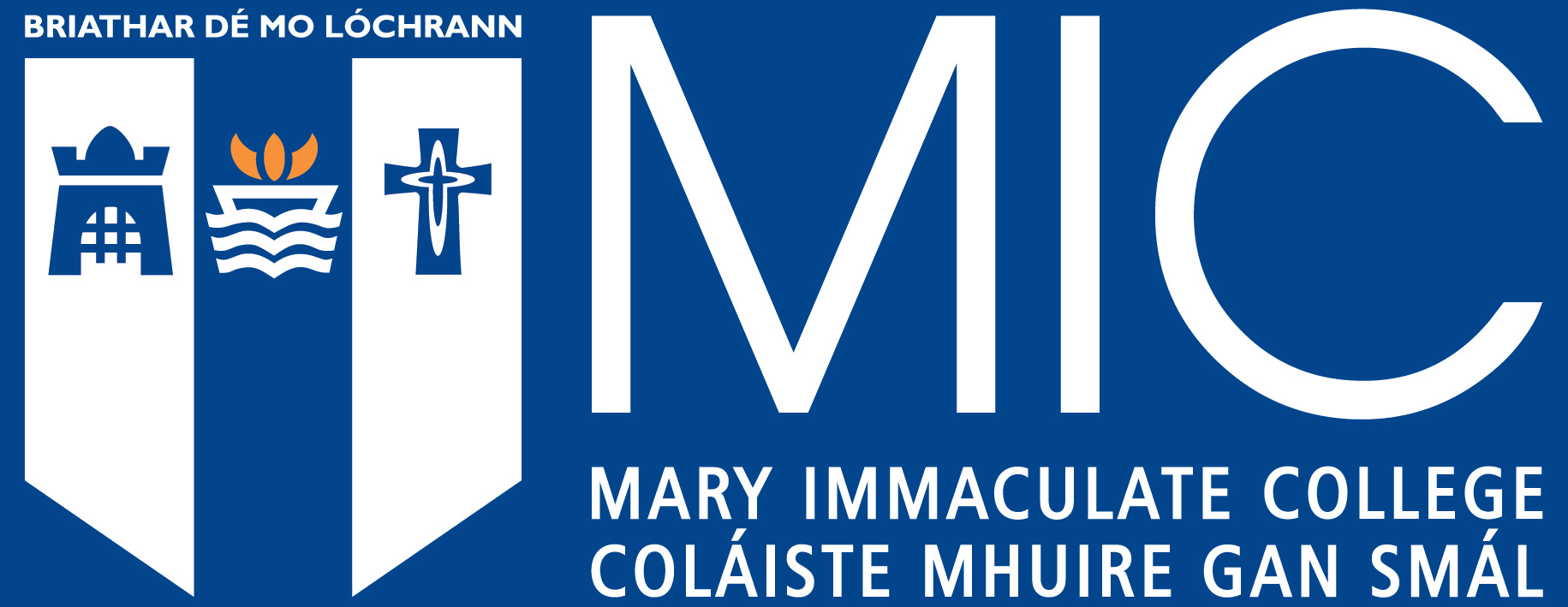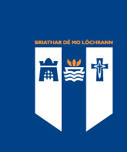Applying CA to a modes analysis of third-level spoken academic discourse (Pre-published version)
Citation
Walsh, S. and O’Keeffe, A. (2007) “Applying CA to a modes analysis of third-level spoken academic discourse”. In H. Bowles, and P. Seedhouse (Eds) Conversation Analysis and Languages for Specific Purposes. Berlin: Peter Lang, pp. 101-139.

View/
Date
2007Author
O'Keeffe, Anne
Walsh, Steve
Peer Reviewed
YesMetadata
Show full item record
Walsh, S. and O’Keeffe, A. (2007) “Applying CA to a modes analysis of third-level spoken academic discourse”. In H. Bowles, and P. Seedhouse (Eds) Conversation Analysis and Languages for Specific Purposes. Berlin: Peter Lang, pp. 101-139.
Abstract
Given the dominance of English as the main language of academia (and we acknowledge the political implications of this statement), an accurate pedagogical description of it is important for those of us who are attempting to prepare international students for the challenge of this Language for Specific Purposes. Major work is emerging in its description using corpus linguistics (for example, Biber et al. 2002; Mauranen 2002; Poos/Simpson 2002; Swales 2002; Biber 2003, 2006). Here we wish to add another dimension to this work by 1) illustrating how Conversation Analysis offers many synergies as a complementary tool to corpus linguistics, 2) approaching the data itself not in terms of discipline, but at the more localized level of mode of interaction (see below), and 3) investigating the pedagogical implications that our modes-based analysis provide. In this chapter, we offer an approach to characterizing the interaction of LSP classrooms, using an ESP context as an example.
Keywords
Conversation analysisCA
Modes analysis
Higher education
Spoken
Academic discourse

